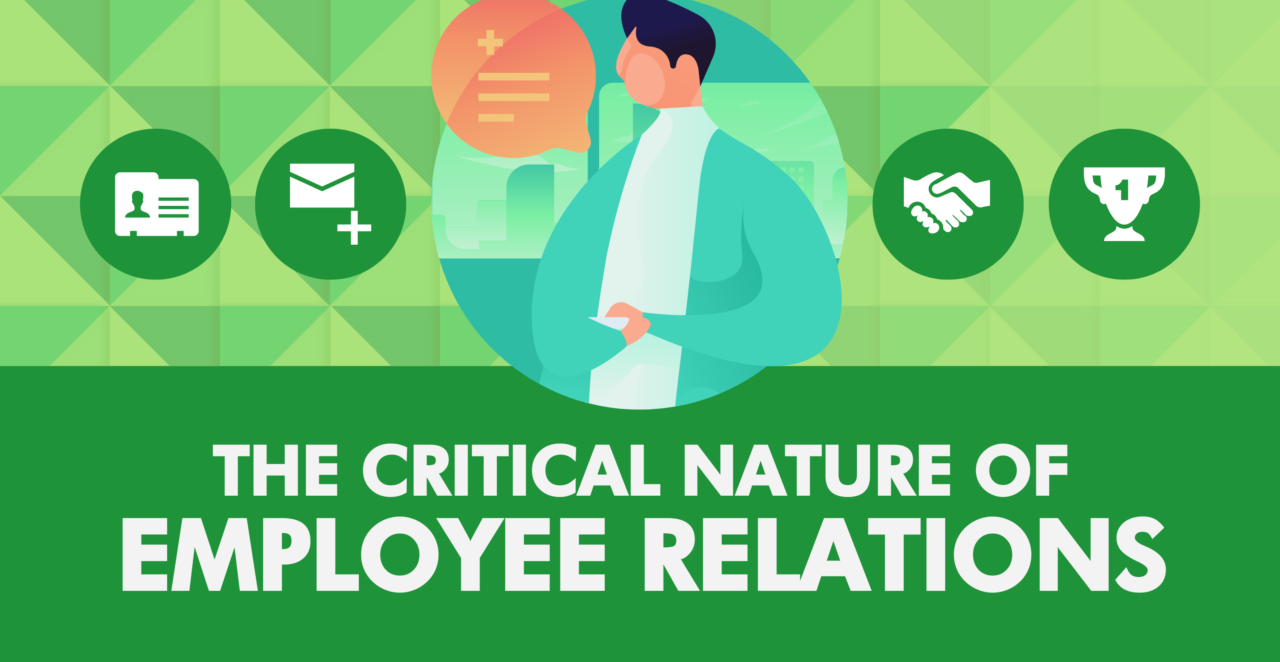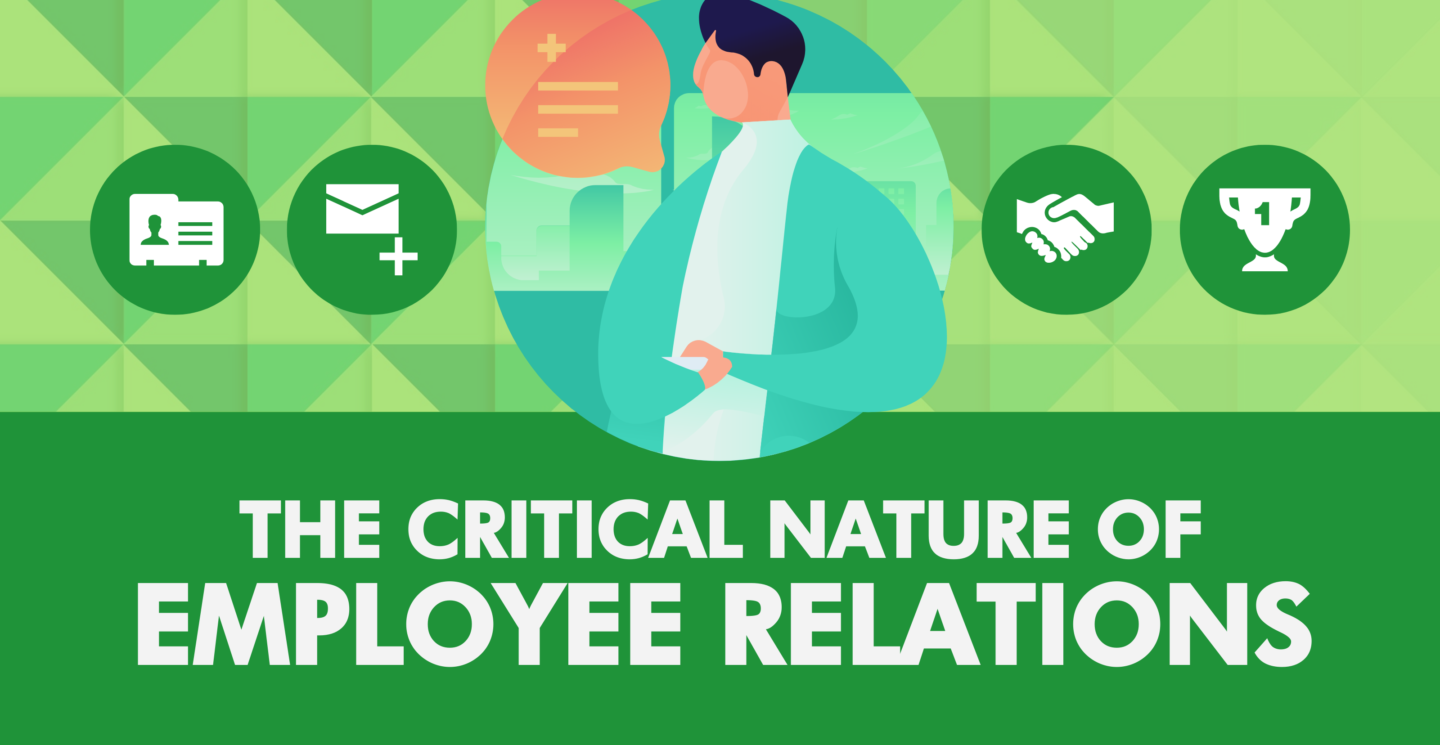
The Critical Nature of Employee Relations
An integral component of any successful organization is its adeptness in workplace collaboration. Well-run companies know how to properly manage and maintain positive employee relations. As a result, they promote not only long-lasting employee satisfaction, but guarantee company-wide achievements and success.
“An Employee is the most valuable asset to an organization.” – Yogesh Chauhan
What Are Employee Relations?
In short, Employee Relations refer to an organization’s efforts and tactics employed to establish and maintain a positive relationship with its employees. Effective employee relations programs keep employees loyal to the best interests of the company, and far more engaged with their own work and contributions overall.
Who Is Responsible for Managing Employee Relations?
Typically, an organization’s Human Resources Department oversees and administers employee relations efforts, though some companies may choose to have a position dedicated to managing employee relations directly.
An Employee Relations manager would be the individual responsible for taking on the role of liaison or intermediary when it comes to interactions between employees and managers. They are also likely to be the individual responsible for producing or at minimum contributing to the creation of policies dealing with employee-based issues. For example, policies overseeing compensation, benefits, work-life balance, or working hours would typically be developed by an Employee Relations manager.
Why Are Positive Employee Relations Important?
Employee relations can also refer to the way management addresses and interacts with employees directly, particularly during dispute resolution or other issues that arise in the workplace. Maintaining positive employee relations not only aids in reducing conflicts, but can also increase morale, improve overall productivity and directly influence higher levels of retention. Well-communicated policies and practices are crucial for giving employees assurance that their concerns are being heard and addressed.
One of many aspects that promote a positive employee relations environment is when open and honest communication practices are encouraged throughout the workforce. Individuals need to feel comfortable with one another, regardless of position or rank held. To ensure employees maintain a positive communication style, organizations need to instill a set of standards and tools that encourage a strong priority and intent to manage workplace relationships. A core set of skills trainings such as conflict resolution or even a Listening Skills Inventory (self-scorable) can promote a productive and engaged work environment.
An organization that abides by an effective employee relations program aims to provide consistent and fair treatment to all employees, which ultimately drives loyalty and workplace commitment.

What Can an Organization Do to Maintain Positive Employee Relations?
The Human Resources department of an organization has two core functions concerning employee relations. The primary function is a role of actively preventing and resolving problems or disputes that arise between employees and management. The secondary function involves assisting to create and enforce policies that are clearly written and accessible to everyone in the workplace, ideally meeting the needs of employees and managers alike.
At the heart of every successful employee relations program is a clearly established, well organized set of policies that promote equity and fairness. Companies with a strong employee relations presence are the same companies that ensure policies are understood and that are executed consistently. For this to work, the department must operate collaboratively across all employee levels with a continual goal that promotes fairness, transparency in its policies and procedures.
While there are no strict guidelines for establishing a positive employee relations program, there are two essential elements that ensure a program’s success:
- Communication: this allows employees to feel engaged and informed. Examples range from clarity of company direction and how employees are integral to company success, all the way to how and where to access the policies and procedures manual. With effective communication in place, employees and managers alike can feel confident that their opinions are being heard and concerns addressed.
- Employee Recognition & Feedback: while salaries and benefits motivate and meet the essential needs of employees, recognition programs and ongoing feedback function to promote a sense of being valued among the workforce. Tokens of appreciation and consistent acknowledgment of the value of each employee’s contributions encourages them to continue working not only effectively, but enthusiastically.
In order to maintain positive employee relations, an organization must view employees as essential contributors who directly shape the culture and ultimate success of the organization. When this perspective resonates across all Human Resources policies and programs, it results in higher levels of employee engagement which influences positive decisions that affect a company’s ongoing success.
Final Thoughts
Through the cultivation of strong employee relations programs that stay committed to the crucial values of communication, recognition & feedback, in addition to problem-solving, companies can build a culture and a workplace environment that is engaging for all while benefiting its players at all levels in a positive and effective manner.




